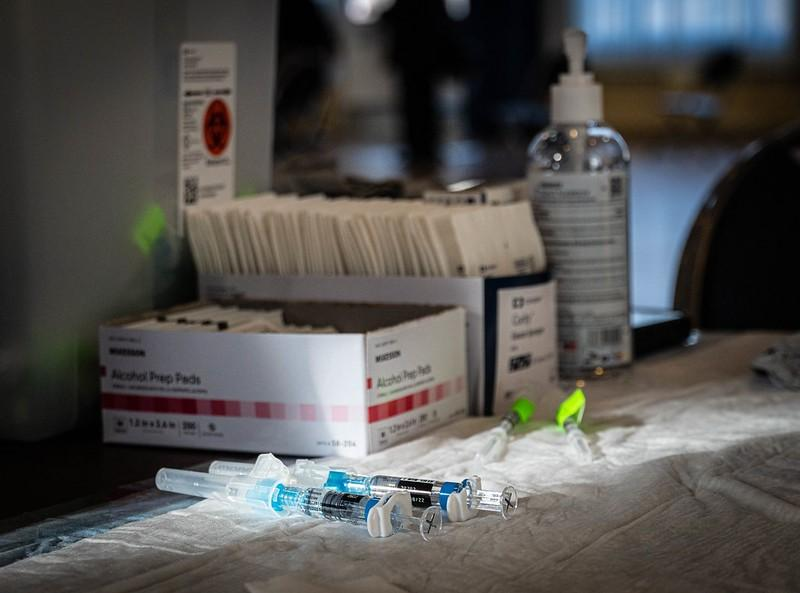Novavax announced last week that it has submitted amendment to the US Food and Drug Administration (FDA) for an emergency use authorization (EUA) for its updated COVID vaccine targeting the JN.1 variant.

The vaccine is the only protein-based option and contains the Matrix M adjuvant. It is indicated for use in people ages 12 and older. Novavax said its submission aligns with guidance from the FDA, the European Medicines Agency, and the World Health Organization.
The company said it will have vaccine doses ready to distribute in the middle of July and is preparing to promptly deliver it as prefilled syringes as soon as the FDA authorizes it and the Centers for Disease Control and Prevention recommends it.
Broad immune response
In its statement, Novavax said nonclinical data suggest its JN.1 monovalent vaccine induces broad neutralization responses against JN.1 lineage viruses, including ones such as KP.2 and KP.3 that have the FLiRT (F456L and R346T) and FLuQE (F456L and Q493E) mutations.
John Jacobs, MBA, Novavax president and CEO, said, "Novavax is committed to having a protein-based COVID-19 option available at the start of the vaccination season, which is critical because research suggests that providing vaccine choice, along with healthcare provider recommendations, may help improve vaccination rates."














